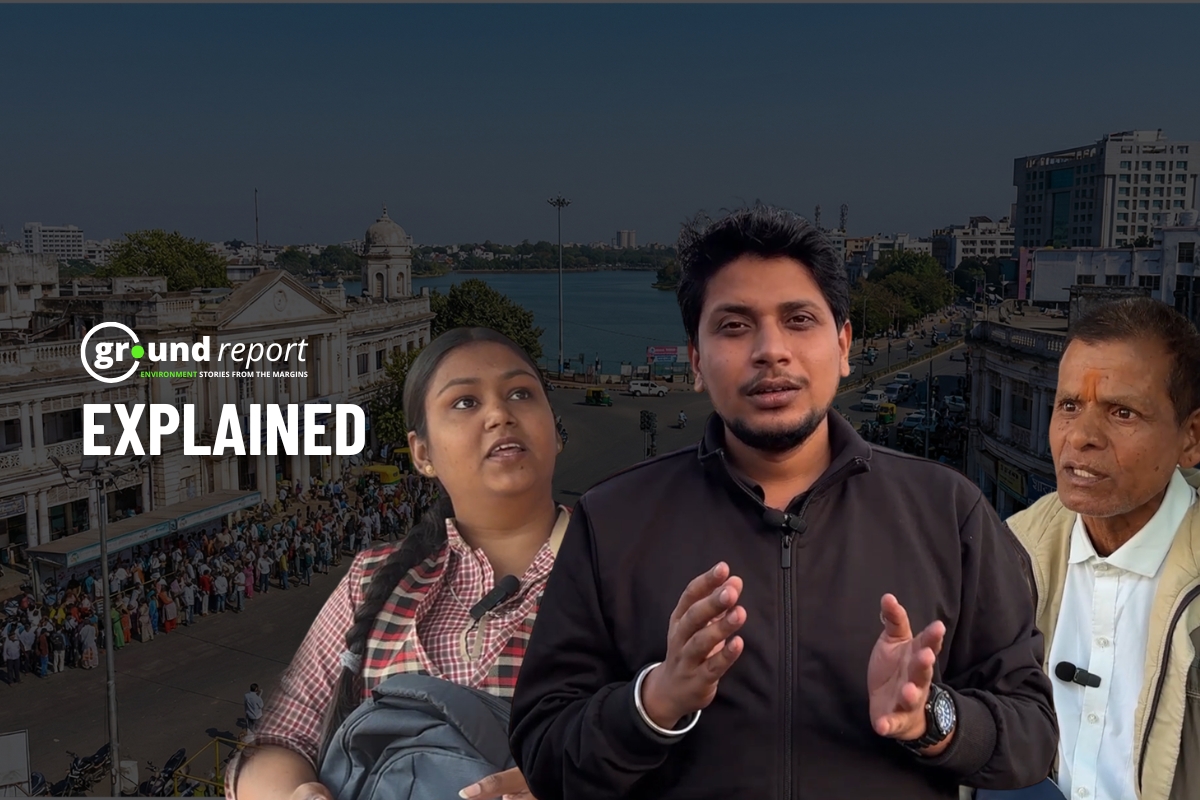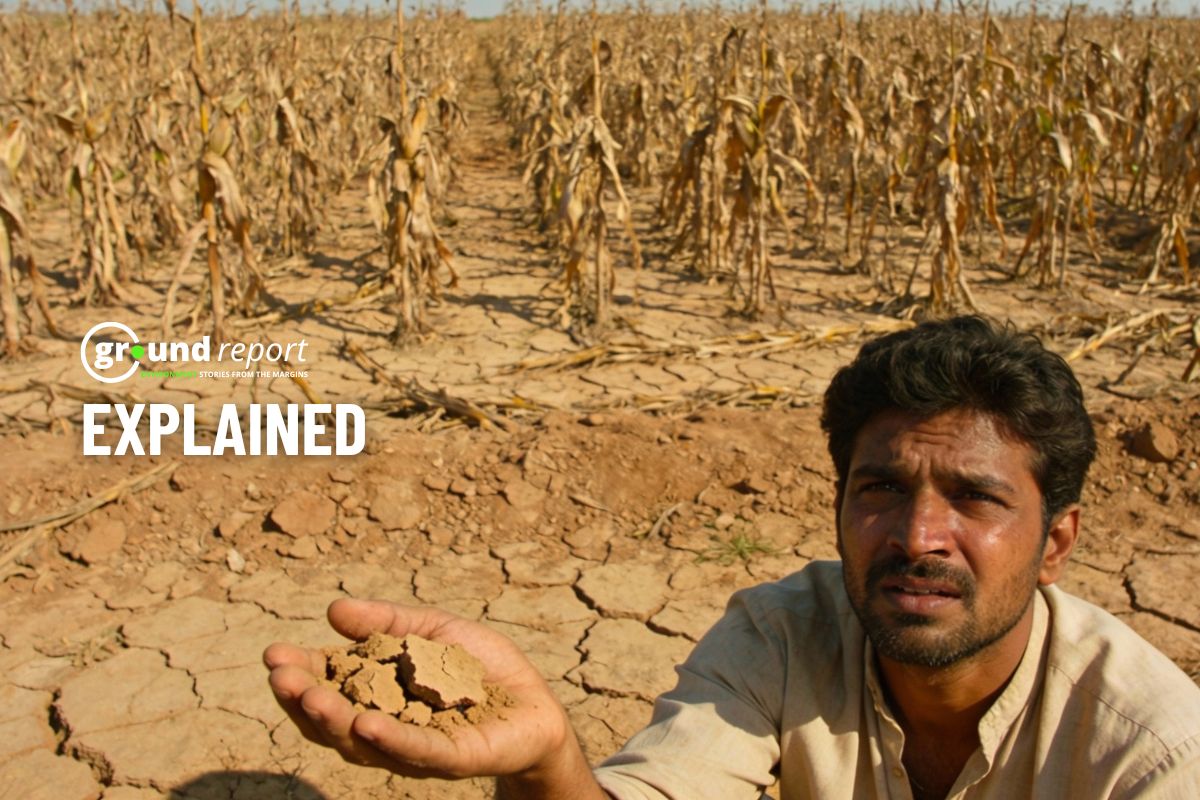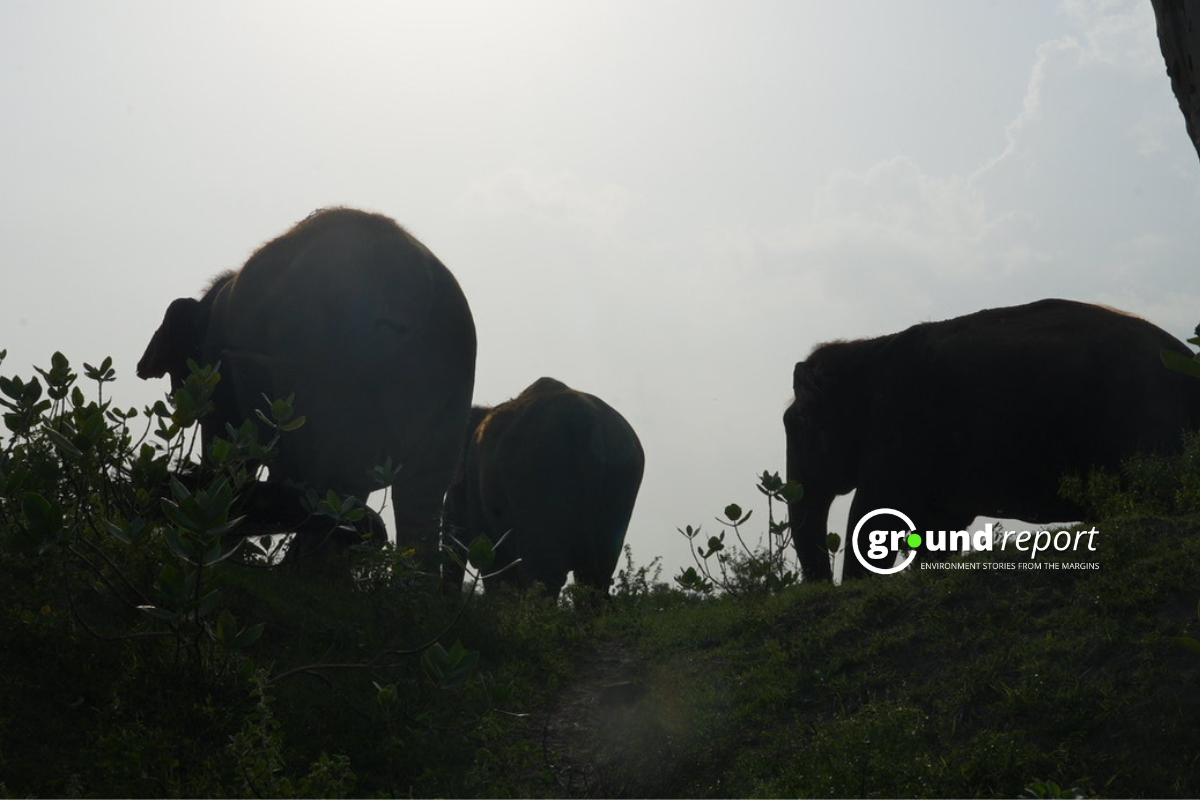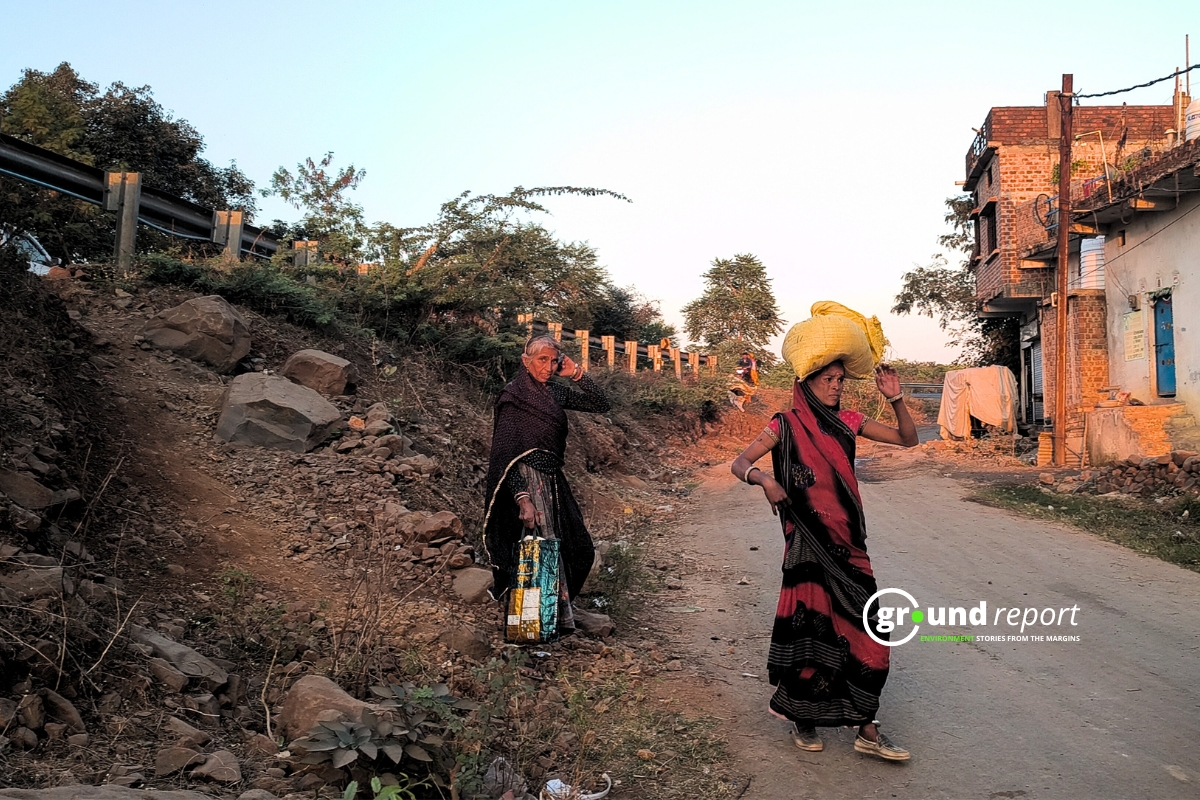In recent global news, three terms frequently appear: critical minerals, rare earth elements, and trade war. The situation intensified when former U.S. President Donald Trump threatened Ukraine over a critical minerals deal, followed by Chinese President Xi Jinping imposing export restrictions on seven critical minerals, marking the beginning of a global trade conflict.
Critical minerals are essential components found in small quantities in everyday items. Their importance is evident in their applications—from smartphones to wind turbines, vehicles to fighter jets. For instance, indium is vital for touchscreens, gallium for televisions, and neodymium for speakers. Lithium, another critical mineral, powers our rechargeable batteries.
Of the 51 elements classified as critical minerals, 17 are rare earth elements. India’s Ministry of Mines released a 30-point critical minerals list in June 2023, considering factors like utility, dependency on other nations, and economic and strategic importance. Nine of these elements have high economic significance, while seven, including rare earth elements, face significant supply risks.
Despite their name, rare earth elements aren’t scarce in occurrence but are challenging to extract. Rare earth elements exist in minimal quantities mixed with other minerals, necessitating complex, environmentally damaging separation processes. For example, samples from Madhya Pradesh’s Sohagpur coal fields contain trace amounts of yttrium, neodymium, europium, terbium, and cerium.
The refining process demands substantial water usage and produces toxic waste that contaminates soil, water, and air. Additionally, some minerals like monazite occur alongside radioactive elements, posing radiation hazards during processing.
China dominates rare earth processing, with its Bayan Obo mine in Inner Mongolia ranking among Earth’s most polluted locations. China has expanded its influence by investing $155 billion in sub-Saharan Africa for rare earth elements, controlling Congo’s resources where 70% of global cobalt and 60% of coltan reserves exist.
This creates a paradox: while critical minerals are essential for clean energy technologies like EVs and wind turbines, their extraction and processing cause severe environmental degradation and human suffering, which is further complicated by international trade conflicts.
Support us to keep independent environmental journalism alive in India.
More Video Reports
Mahseer saviors struggle as conservation funds dry up
Sexed Semen: Madhya Pradesh determining calf’s gender
Final days of lithium village: As lithium goes, so does Salal?
Fertilizer shortage disrupts rabi sowing for Madhya Pradesh farmers
Follow Ground Report on X, Instagram and Facebook for environmental and underreported stories from the margins. Give us feedback on our email id greport2018@gmail.com.
Don’t forget to Subscribe to our weekly newsletter, Join our community on WhatsApp, and Follow our YouTube Channel for video stories









